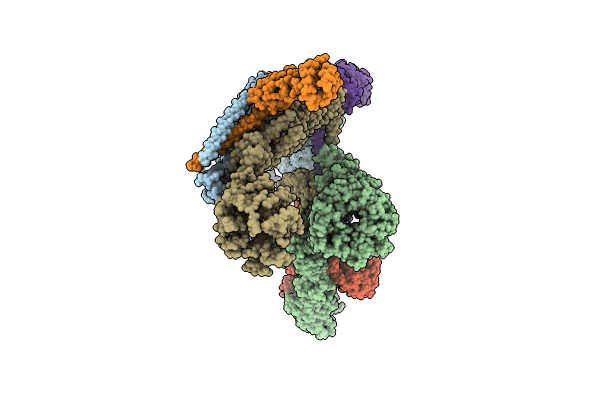
Deposition Date
2023-10-23
Release Date
2024-07-03
Last Version Date
2025-07-09
Entry Detail
Biological Source:
Source Organism:
Saccharomyces cerevisiae (Taxon ID: 4932)
Host Organism:
Method Details:
Experimental Method:
Resolution:
4.60 Å
Aggregation State:
PARTICLE
Reconstruction Method:
SINGLE PARTICLE


